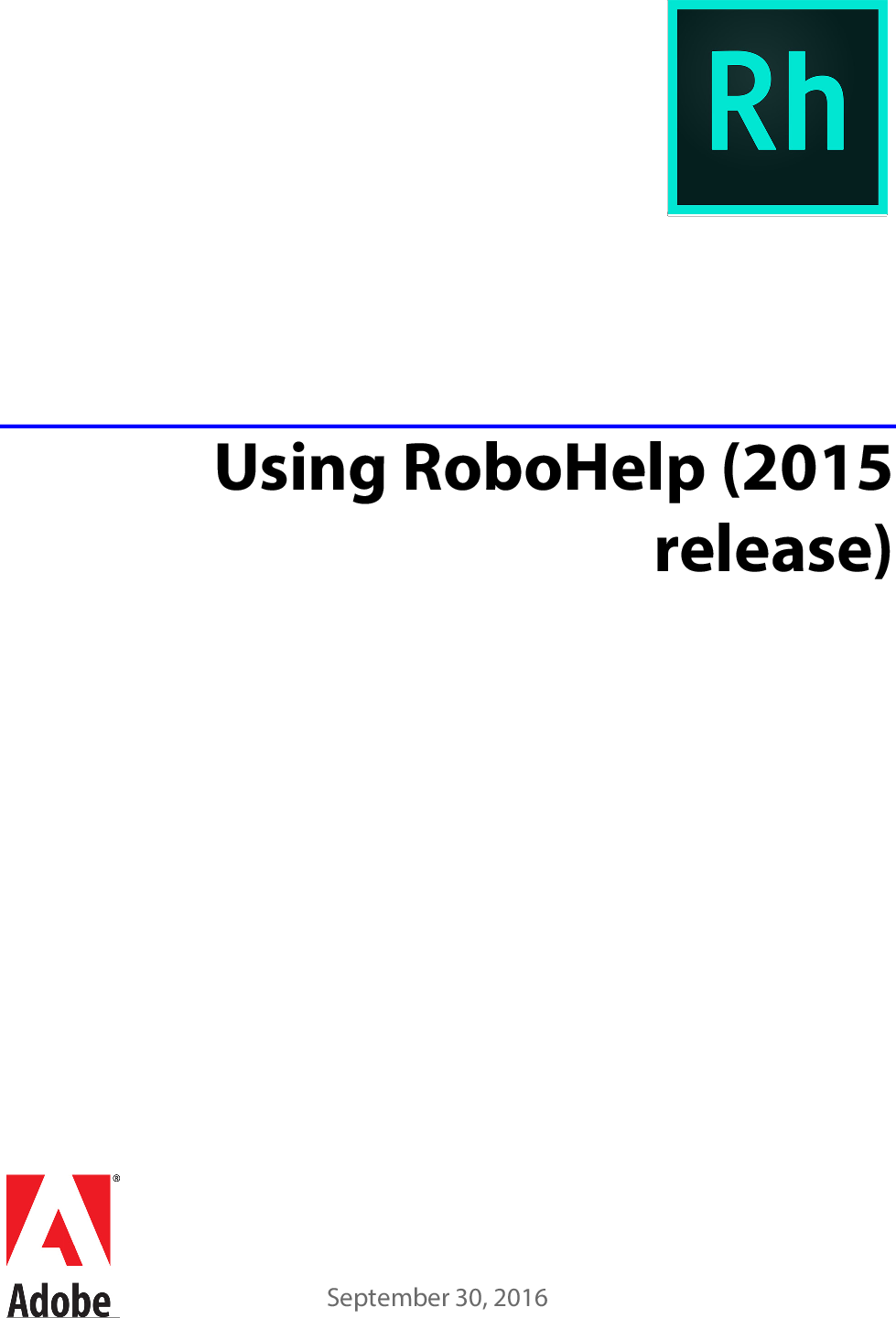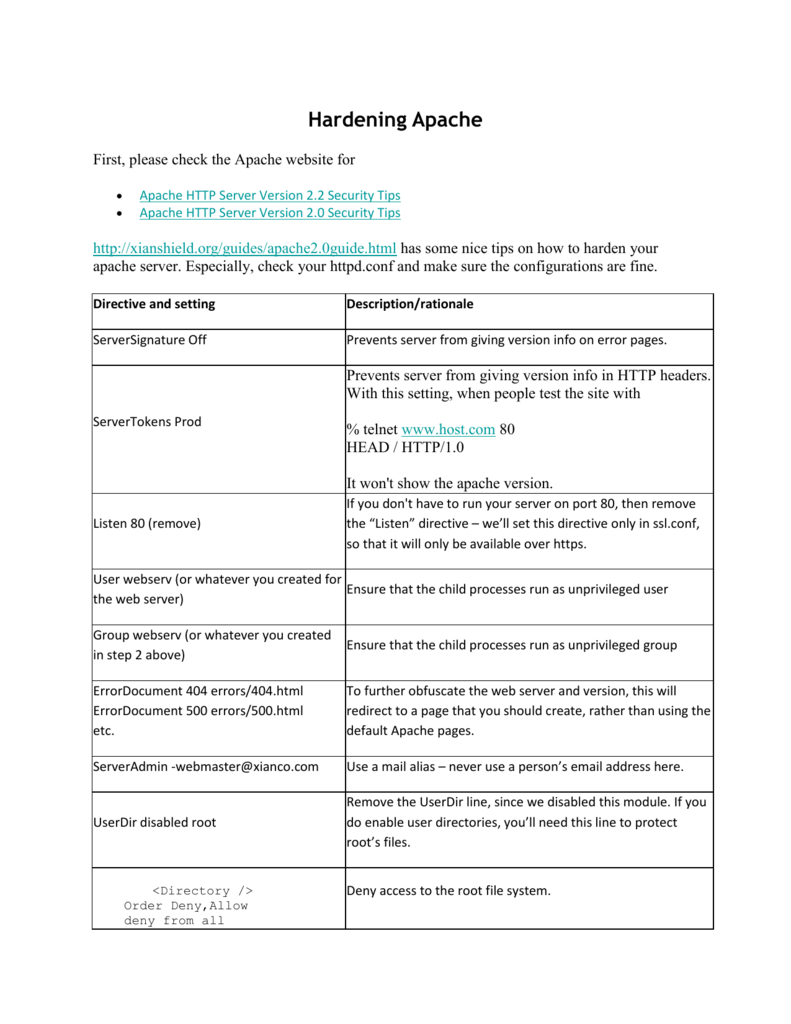Apache httpd 2.2 End-of-Life 2018-01-01 ¶ As previously announced, the Apache HTTP Server Project has discontinued all development and patch review of the 2.2.x series of releases. The Apache HTTP Server Project had long committed to provide maintenance releases. The 2.0 version of the Apache License, approved by the ASF in 2004, helps us achieve our goal of providing reliable and long-lived software products through collaborative open source software development. Upgrading to 2.4 from 2.2. Available Languages: en fr. In order to assist folks upgrading, we maintain a document describing information critical to existing Apache HTTP Server users. These are intended to be brief notes, and you should be able to find more information in either the New Features document, or in the src/CHANGES file.
Syntax
This indicates the format of the directive as it would appear in a configuration file. Va health care copays. This syntax is extremely directive-specific, and is described in detail in the directive's definition. Generally, the directive name is followed by a series of one or more space-separated arguments. If an argument contains a space, the argument must be enclosed in double quotes. Optional arguments are enclosed in square brackets. Where an argument can take on more than one possible value, the possible values are separated by vertical bars '|'. Literal text is presented in the default font, while argument-types for which substitution is necessary are emphasized. Directives which can take a variable number of arguments will end in '..' indicating that the last argument is repeated.
Directives use a great number of different argument types. A few common ones are defined below.
- URL
- A complete Uniform Resource Locator including a scheme, hostname, and optional pathname as in
http://www.example.com/path/to/file.html - URL-path
- The part of a url which follows the scheme and hostname as in
/path/to/file.html. The url-path represents a web-view of a resource, as opposed to a file-system view. - file-path
- The path to a file in the local file-system beginning with the root directory as in
/usr/local/apache/htdocs/path/to/file.html. Unless otherwise specified, a file-path which does not begin with a slash will be treated as relative to the ServerRoot. - directory-path
- The path to a directory in the local file-system beginning with the root directory as in
/usr/local/apache/htdocs/path/to/. - filename
- The name of a file with no accompanying path information as in
file.html. - regex
- A Perl-compatible regular expression. The directive definition will specify what the regex is matching against.
- extension
- In general, this is the part of the filename which follows the last dot. However, Apache recognizes multiple filename extensions, so if a filename contains more than one dot, each dot-separated part of the filename following the first dot is an extension. For example, the filename
file.html.encontains two extensions:.htmland.en. For Apache directives, you may specify extensions with or without the leading dot. In addition, extensions are not case sensitive. - MIME-type
- A method of describing the format of a file which consists of a major format type and a minor format type, separated by a slash as in
text/html. - env-variable
- The name of an environment variable defined in the Apache configuration process. Note this is not necessarily the same as an operating system environment variable. See the environment variable documentation for more details.
In default Apache configuration, the server sends HTTP Header with the information of Apache version, modules, Operating System, etc of the Server. The HTTP response header “Server” displays all these details of the server. This information can be used by hackers to try to exploit any vulnerabilities in the Apache, OS or other modules you are running, specially if you are running an older version with known vulnerabilities.


Sample HTTP Response Header:

There is an easy way to hide the apache version and other server information from the HTTP headers. By setting the “ServerTokens” and “ServerSignature” variables in your httpd.conf file the server information would not longer be added to the HTTP headers. Use the following lines in you httpd.conf file. Make sure to back up you file before editing so that in case something goes wrong you can easily revert. After making the changes restart your apache (Note: Doing so will take your site down, if it runs only on 1 server).

| ServerTokens Value | Server Sends |
|---|---|
| Full (or not specificed) | Server: Apache/2.2.17 (Win32) PHP/5.2.17 |
| Prod (or ProductOnly) | Server: Apache |
| Major | Server: Apache/2 |
| Minor | Server: Apache/2.2 |
| Min (or Minimal) | Server: Apache/2.2.17 |
| OS | Server: Apache/2.2.17 (Win32) |

Apache Web Server Latest Version
Related posts:
